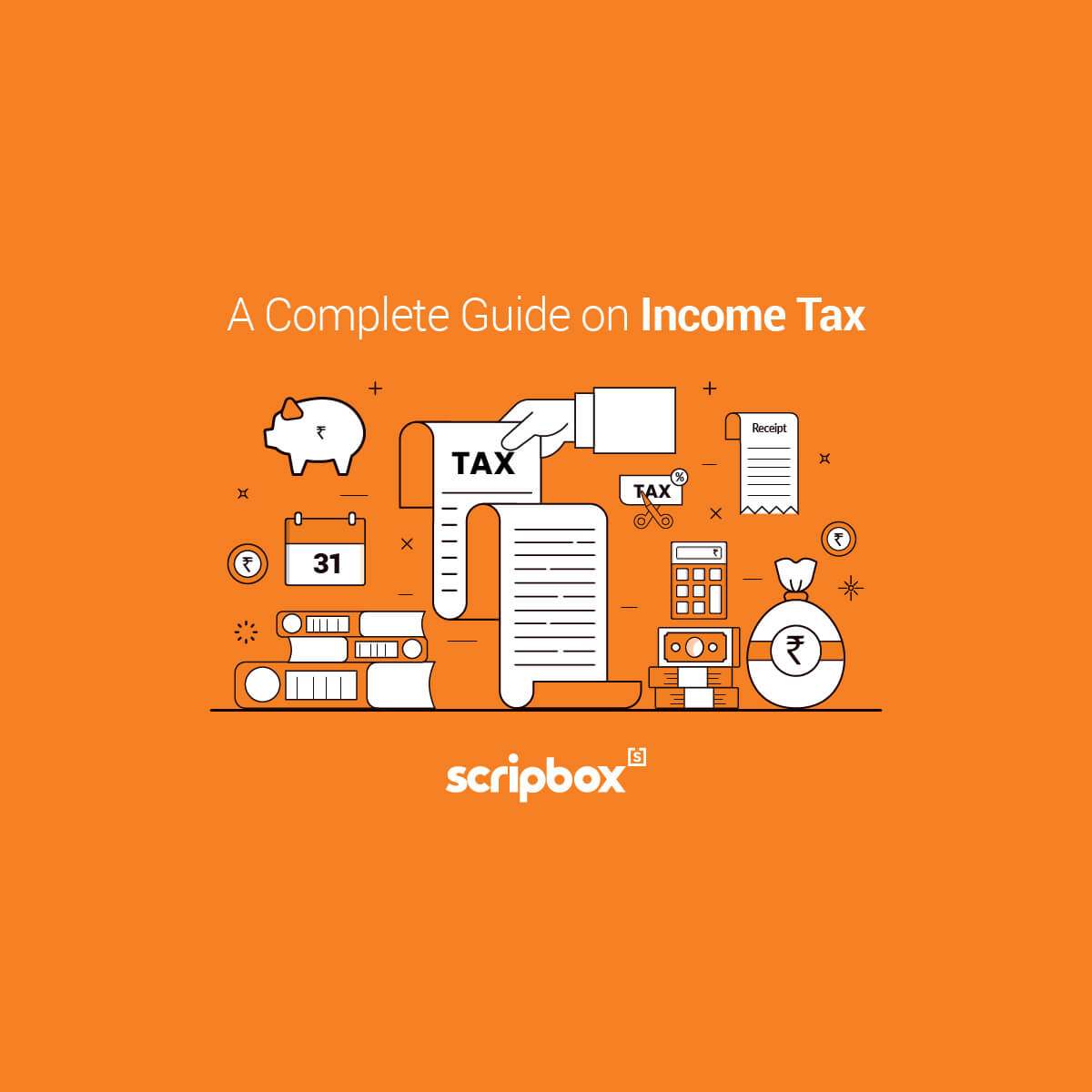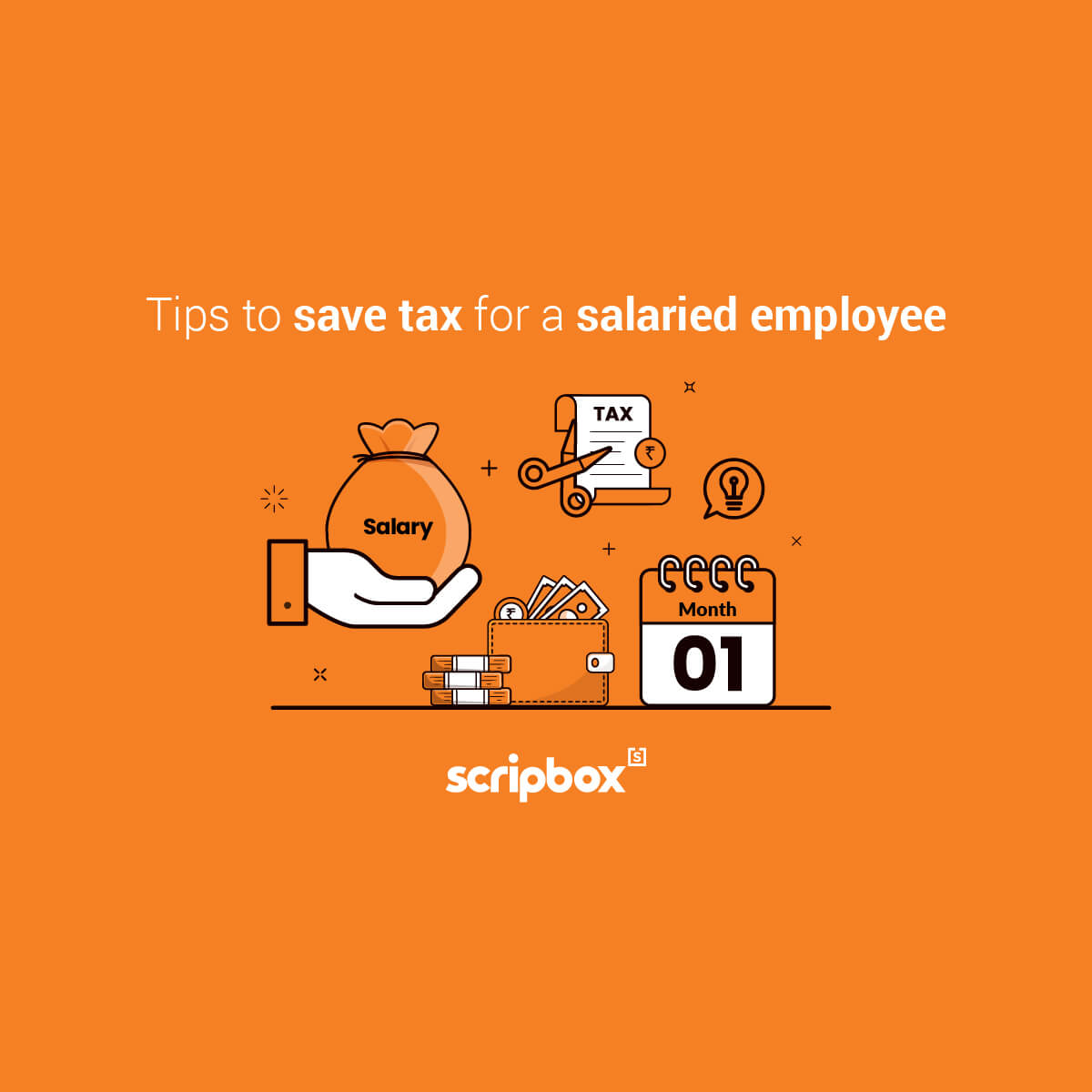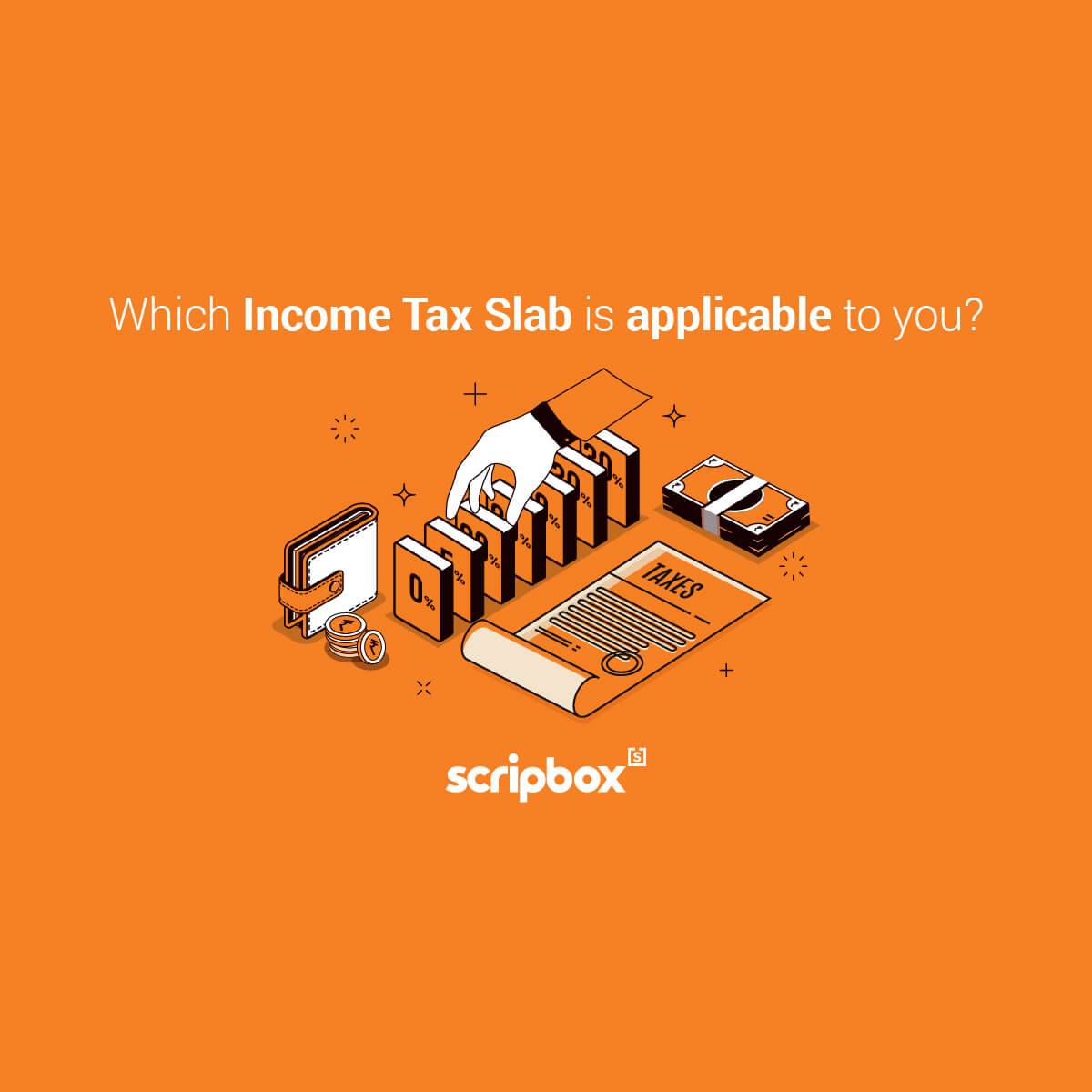Income Tax Slabs Under the Old Income Tax Regime and New Income Tax Regime
Old Tax Regime
| Income Tax Slab | Tax Rate |
| Up to ₹ 2,50,000 | Nil |
| ₹2,50,001 – ₹5,00,000 | 5% |
| ₹5,00,001 – ₹10,00,000 | 20% |
| Above ₹10,00,000 | 30% |
New Tax Regime (FY 20-21, FY 21-22 & FY 22-23)
| Income Tax Slab | Tax Rate |
| Up to ₹2,50,000 | Nil |
| ₹2,50,001 – ₹5,00,000 | 5% |
| ₹5,00,001 – ₹7,50,000 | 10% |
| ₹7,50,001 – ₹10,00,000 | 15% |
| ₹10,00,001 – ₹12,50,000 | 20% |
| ₹12,50,001 – ₹15,00,000 | 25% |
| Above ₹15,00,000 | 30% |
New Tax Regime ( From FY 23-24)
| Income Tax Slab | Tax Rate |
| Up to ₹3,00,000 | Nil |
| ₹3,00,001 – ₹6,00,000 | 5% |
| ₹6,00,001 – ₹9,00,000 | 10% |
| ₹9,00,001 – ₹12,00,000 | 15% |
| ₹12,00,001 – ₹15,00,000 | 20% |
| Above ₹15,00,000 | 30% |
Check Current Income Slabs and Tax Rates in 2025
How Much Tax to Pay on a 12 Lakh Salary?
Let’s take an example to understand the taxation of INR 12 lakh salary under old and new tax regime, and see which one is more beneficial. Ms Aria earns a gross salary of INR 12,00,000. The following tables show Ms Aria’s tax liability under the old and new tax regime.
Old Tax Regime
| Gross Salary (A) | ₹12,00,000 |
| Less (Exemptions) | |
| HRA | ₹75,000 |
| LTA | ₹20,000 |
| Standard Deduction | ₹50,000 |
| Professional Tax | ₹2,400 |
| Total Exemptions (B) | ₹1,47,400 |
| Less (Deductions) | |
| 80C | ₹1,50,000 |
| 80D | ₹25,000 |
| 80E | ₹25,000 |
| Total Deductions (C ) | ₹2,00,000 |
| Net Taxable Income (A-B-C) | ₹8,52,600 |
| Up to ₹2,50,000 (Nil) | ₹0 |
| ₹2,50,001 – ₹5,00,000 (5%) | ₹12,500 |
| ₹5,00,001 – ₹10,00,000 (20%) | ₹70,520 |
| Above ₹10,00,000 (30%) | ₹0 |
| Total Tax | ₹83,020 |
| Less: Tax Rebate | ₹0 |
| Net Tax Payable | ₹83,020 |
New Tax Regime (FY 20-21, FY 21-22 & FY 22-23)
| Gross Salary (A) | ₹12,00,000 |
| Total Exemptions (B) | ₹0 |
| Total Deductions (C ) | ₹0 |
| Net Taxable Income (A-B-C) | ₹12,00,000 |
| Up to ₹2,50,000 (Nil) | ₹0 |
| ₹2,50,001 – ₹5,00,000 (5%) | ₹12,500 |
| ₹5,00,001 – ₹7,50,000 (10%) | ₹25,000 |
| ₹7,50,001 – ₹10,00,000 (15%) | ₹37,500 |
| ₹10,00,001 – ₹12,50,000 (20%) | ₹40,000 |
| ₹12,50,001 – ₹15,00,000 (25%) | ₹0 |
| Above ₹15,00,000 (30%) | ₹0 |
| Total Tax Payable | ₹1,15,000 |
New Tax Regime (From FY 23-24)
| Gross Salary (A) | ₹12,00,000 |
| Less (Exemptions) | |
| Standard Deduction | ₹50,000 |
| Total Exemptions (B) | ₹50,000 |
| Total Deductions (C) | ₹0 |
| Net Taxable Income (A-B-C) | ₹11,50,000 |
| Up to ₹3,00,000 (Nil) | ₹0 |
| ₹3,00,001 – ₹6,00,000 (5%) | ₹15,000 |
| ₹6,00,001 – ₹9,00,000 (10%) | ₹30,000 |
| ₹9,00,001 – ₹12,00,000 (15%) | ₹37,500 |
| ₹12,00,001 – ₹15,00,000 (20%) | ₹0 |
| Above ₹15,00,000 (30%) | ₹0 |
| Total Tax | ₹82,500 |
From the above example, under the old regime, Ms Aria is liable to pay a tax of INR 83,020. Under the new regime, she will have to pay INR 1,15,000 till FY 22-23 and from FY 23-24, the net tax payable will be INR 82,500.
For Different Income Slabs
- Income Tax on 7 Lakh Salary
- Income Tax on 10 Lakh Salary
- Income Tax on 15 Lakh Salary
- Income Tax on 20 Lakh Salary
Frequently Asked Questions
You can pay zero tax on a salary of 12 lakhs, provided you have invested in tax savings options and claim applicable deductions and exemptions. Under the old regime, your net tax payable can be zero if you claim for all exemptions and invest in tax-saving schemes. In case you are following the new tax regime for FY 20-21, FY 21-22 & FY 22-23 the net tax payable amount will be INR 1,15,000. For FY 23-24 onwards, the net tax payable will be INR 82,500 (from the above example).
You can pay zero tax on income up to 10 lakhs, under the old regime. For this, you need to claim of tax deductions and invest in tax saving investments.
Yes, with good tax planning, it is possible to save 100% on tax. To save on tax, you need to invest in tax-saving options and also claim for all applicable exemptions.
Income up to INR 2,50,000 is tax-free. However, the Finance minister has increased the limit in the budget 2023. Now, under the new tax regime, income up to INR 3,00,000 is tax-free.
RELATED READS
- How to Save Maximum from Income Tax
- New Vs Old Tax Regime – Which is Best?
- What is Section 80 C of Income Tax
- Best Tax Saving Investments
- Best ELSS Mutual Funds 2025





















Show comments